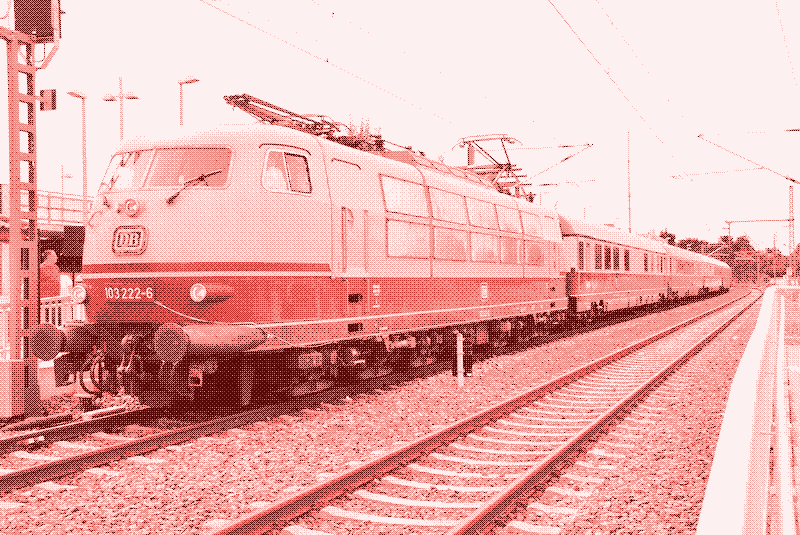
The difference in ticket prices between low-cost airlines and high speed trains is so large that it is impossible to achieve a significant modal shift from planes to trains. Nevertheless, both the European Union and the International Union of Railways have published many reports showing that people are switching from planes to trains, saving energy and carbon emissions. How can that be? Because these reports are flawed.
Granted, on many routes where high speed trains have been introduced, air traffic has diminished significantly. In general, when high speed rail offers a journey time of three hours or less, it attracts at least 60% of the combined air and rail market. On some routes, such as the Brussels-Paris and Cologne-Frankfurt, air traffic has disappeared completely. 1
Based on these figures, the advocates of sustainable high speed trains conclude that the reduction in energy use and carbon emissions equals the flights that have been “avoided”, minus the (lower) energy consumption and emissions generated by high speed trains. This is a tempting conclusion, but once you start looking who is on those trains and why, things start to look very different.
First of all, passengers who switch from planes to high speed rail are not switching from low-cost airlines to high speed trains – as you would suspect by comparing the fares. The most important substitution effects are those by passengers travelling with traditional air companies, which have similar fares as high speed trains. 2 However, low-cost airlines are responsible for the growth of air traffic and the increase of energy use and emissions.
High Speed Trains Fuel Air Traffic
Secondly, the studies that claim an ecological advantage for high speed trains ignore the extra traffic being generated by such trains. On one hand, high speed trains induce new demand for train travel. Between 30 and 50% of the trips on a high speed train are due to new demand. 234 These are all trips that would not have been undertaken if the high speed train did not exist. These travels do not replace a plane or car trip and consequently don’t save energy and emissions.
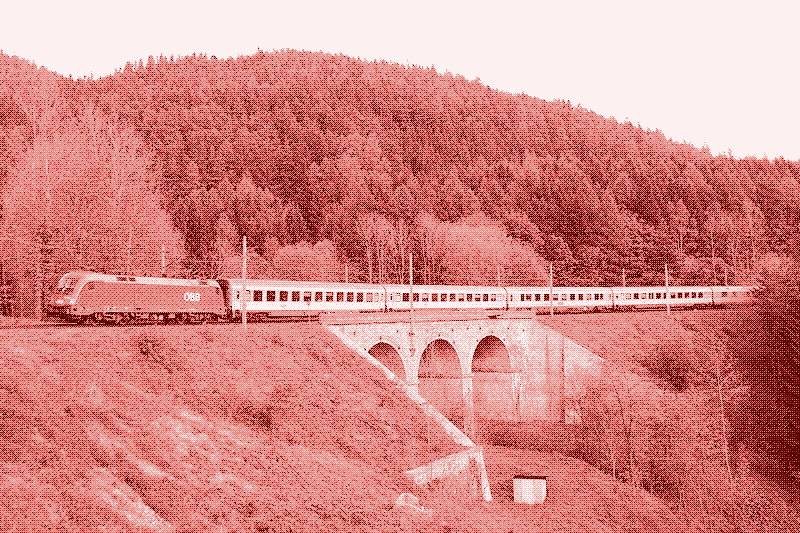
Not surprisingly, this new demand is largely coming from affluent customers. While part of the demand is from tourists, a much larger part is business related. A study of the high speed line between Rome and Naples in Italy shows that on weekdays almost 60% of new demand is due to business trips. 4 Another 6% corresponds to people that have moved their residence from Rome to Naples and started to commute every day – and that was only one year after the line was opened.
On the other hand, high speed trains also generate more air traffic. A study of 56 airports and 28 cities in the UK, France, Spain, Italy and Germany between 1990 and 2010 shows that in most of these airports and cities air traffic has kept growing despite the presence of extensive high speed train lines. 5 A significant part of this extra traffic is prompted by high speed trains. The study observes that short haul flights have indeed decreased. However, at the same time, medium and long-haul flights (within Europe) have increased. This is because high speed rail allows airports to run more long-distance flights, which are more profitable for airlines.
Two-thirds of passengers on the high speed train between Cologne and Frankfurt are either coming from or going to the airport
In other words, by alleviating the congestion at airports, the high-speed train helps to pave the way for the growth of low-cost airlines. 125 Air traffic between Paris and Brussels, and between Cologne and Frankfurt has disappeared completely because airlines have agreed to use trains instead of planes to serve main airport hubs. According to Deutsche Bahn, the German national railway operator, two-thirds of passengers on the high speed train between Cologne and Frankfurt are either coming from or going to the airport. 1 However, their longer flight might not have been possible without the high speed train.
Towards a Truly Sustainable Transportation System
In conclusion, affluent customers switch from (expensive) planes to (expensive) trains, at least for medium distances where the train is faster, or as fast, as a plane. All other people choose low-cost airlines for longer distances, and cars or busses for medium distances where affordable train travel isn’t an option anymore. They generally only travel on high speed trains when they are on their way to an airport to catch a long-distance flight, or when they can get hold of a cheap fare. Lastly, almost nobody chooses high speed rail when the travel time is over five hours, not even those who can afford the ticket.
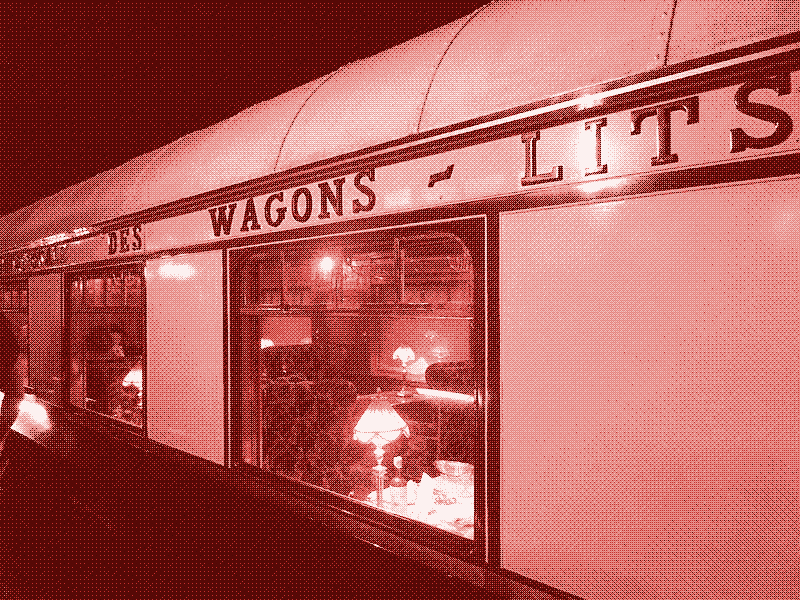
If Europe wants to make its long-distance transportation more sustainable, it has no other choice than to limit the growth of air traffic in a direct way. Such a measure should accompany a more affordable railway system, like the one that is now being dismantled, or long-distance travel will become a privilege of the rich. The tracks are still there, so this could be done in no time.
It’s enlightening to look at the present European focus on high speed trains in the context of railway history. It’s not the first time that smooth international railway traffic has been reserved for the elite. The high speed train is the latest in a long history of European luxury trains aimed at business travellers, which seem to appear whenever the economy is booming, and disappear when good times are over.
The high speed train is the latest in a long history of European luxury trains aimed at business travellers, which seem to appear whenever the economy is booming, and disappear when good times are over
Only the rich could afford the luxurious Pullman trains that appeared on European railways in the 1920s. 6 These trains only carried first class cars. The original Étoile du Nord, the first direct connection between Paris and Amsterdam, was one of these trains.
High Speed Rail in the 1950s
Pullman trains started taking second class coaches during the economic downturn in the 1930s, after which the Pullman heritage withered. The economic crisis of that time tipped the balance to more affordable international train travel, and it would stay like that for almost thirty years.
At the end of the 1950s, elite trains made a comeback. In 1957, the direct train connection between Paris and Amsterdam was modernized in the context of the Trans Europ Express (TEE) project, which was aimed at travellers on business. TEE trains only took first class cars and the fares were higher than the kilometre charges for first class travel on normal trains.
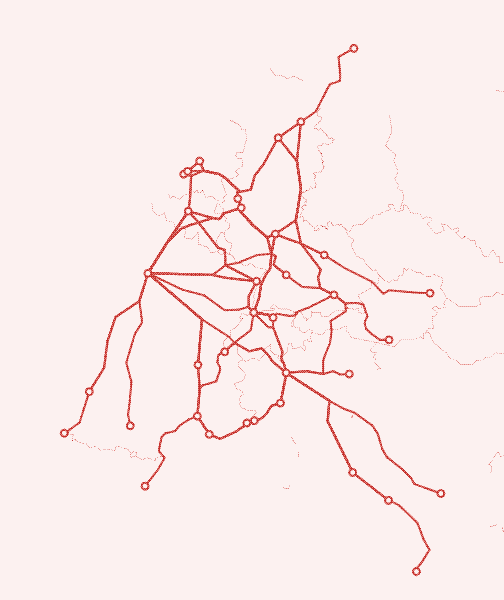
TEE was an answer to the growing competition from airplanes, which were at that time exclusively used by rich people. The similarities with today’s high speed trains are striking – TEE was marketed as a “plane on wheels”. Faster trains were introduced (with top speeds over 140 km/h) and travel distances were mostly under 500 km. At its peak in 1974-1975, the TEE network consisted of 31 routes, stretching from Copenhagen to Barcelona and from Amsterdam to Sicily. 7
High Speed Trains for Everybody: EuroCity
At the end of the 1970s, air travel had become faster and more comfortable with the introduction of the jet engine. Business people switched to planes again. Losing their affluent customers, the railways reverted to affordable international trains – planes were still too expensive for the masses. There was, however, strong competition from road transport. Thousands of kilometres of motorways had been built and the car had become the main long-distance transport means for the majority of Europeans.
EuroCity and EuroNight formed a sustainable, efficient and cheap long-distance transport system that was the best that Europe ever had.
TEE trains were equipped with second class carriages, a trend which eventually culminated in the EuroCity project, which was launched in 1987. EuroCity trains were as fast as TEE trains, but they carried mostly second-class coaches and the price of a ticket was again based on the regular kilometre fares. From the start, EuroCity offered 64 pairs of international trains with 50,000 daily seats, connecting 200 cities in 13 countries. 7
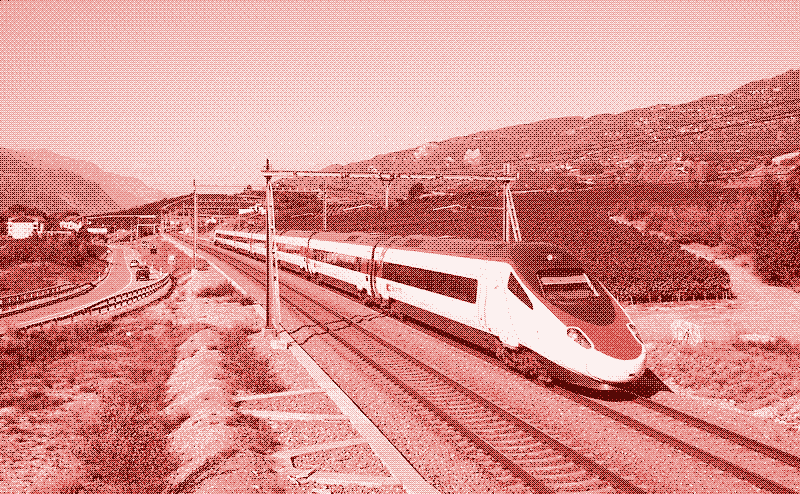
EuroCity accompanied an extensive network of night trains (EuroNight), and together they formed a sustainable and efficient transport system that was probably the best that Europe ever had. The Étoile du Nord that connected Paris and Amsterdam until 1995 and covered the route in just 4h20 was a EuroCity train, and the night train that covered the trajectory was a EuroNight. The Catalan Talgo was a EuroCity train, and the Trenhotels fitted the EuroNight class.
The 1996/97 version of the Thomas Cook Guide to European Night Trains 8 lists a total of more than one hundred international night trains in Europe, and another one hundred domestic night trains. Western Europe has axed most of them in recent years. Some examples: From the 21 night trains leaving from Belgium in 1997, heading as far as Moscow, not one remains. From the 36 domestic overnight trains in Spain, only eight remain. Understandably, the yearly Guide to European Night Trains has ceased publication.
What makes a train affordable?
EuroCity and EuroNight trains still run in Central and Eastern Europe, with the result that fast international trains are still available for fixed, affordable prices. The great advantage of EuroCity and EuroNight trains is that they do not require a unique railway infrastructure, which makes them far less costly to initiate. Furthermore, they are cheaper to operate than high speed trains. This allows for more affordable ticket prices, and it also means that the network can be extended at a faster pace.
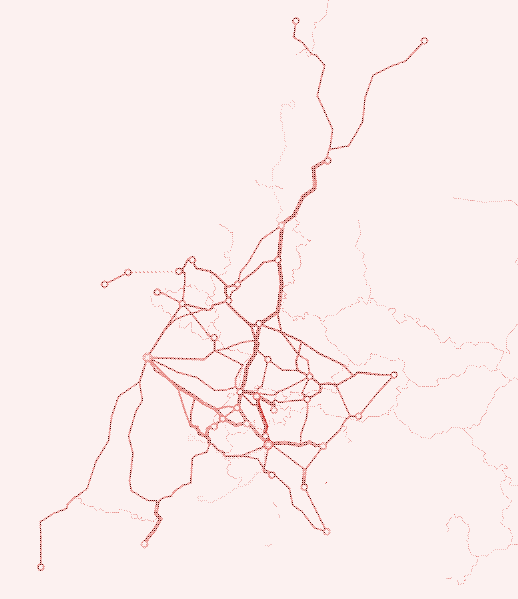
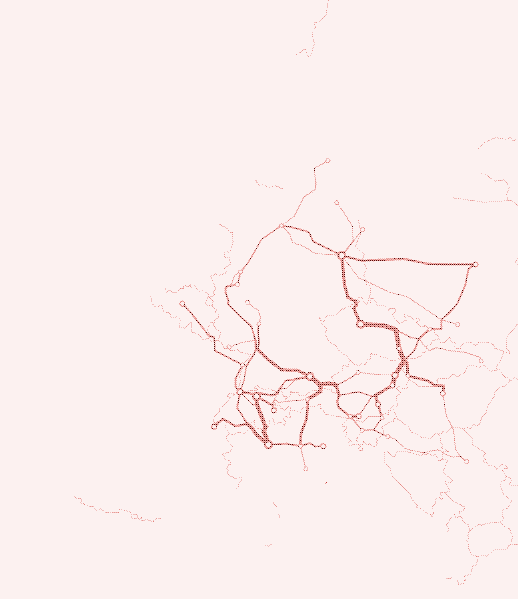
Of course, if more people travel by low speed train, the infrastructure will have to be extended. But building low speed rail is much cheaper than building high speed rail, which costs an average of 18 million euro per km, excluding planning and land acquisition costs. 2 High speed trains often run on newly built dedicated high speed tracks that allow higher speeds through the use of wider curves, less steep grades, more powerful electrification systems and different branching systems. Logically, these high investment costs, combined with higher operating costs, lead to higher ticket prices, and to the abolishment of alternative routes that might compromise the economic viability of a new high speed line. 9
The local and regional rail infrastructure, which carries many more passengers than high speed rail, is greatly underfunded in many European countries with high speed trains.
Much more (public) money will be needed to complete the European high speed rail system: of the 30,750 km of high speed lines planned for 2030, only 10,000 km has been built. 1 Naturally, the high investment costs also have a negative effect on the maintenance of the domestic low speed network. The local and regional rail infrastructure, which carries many more passengers than high speed rail, is greatly underfunded in many European countries with high speed trains. Rolling stock is outdated, services are reduced, delays are frequent and accidents are on the rise. 10
What makes a train fast?
Obviously, limiting the growth of low-cost airlines would decrease the ability for affordable air travel – that’s the price we need to pay for sustainability. But, as we have seen, a network of “low speed trains” would not be significantly slower than a continental network of high speed trains.

The top speed of a train is only one of many factors that influences travel time. European high speed trains reach top speeds of 250 to 350 km/h, but their average speed is much lower. For example, the average speed of the Thalys between Paris and Amsterdam is below 170 km/h. This is well within reach of “slow” EuroCity and EuroNight trains, which can reach speeds of 200 km/h.
The top speed of a train is only one of many factors that influences travel time. European high speed trains reach top speeds of 250 to 350 km/h, but their average speed is well within reach of “low speed” trains
The speed of many high speed trains is limited due to, for example, their proximity to densely urbanised areas (to ease the impact of noise and minimise the risk of accidents), the existence of viaducts or tunnels (where speed must be reduced to 160-180 km/h for safety reasons), or the need to climb steeper grades (and when steeper grades are avoided, this often results in considerably longer routes, which is the case for the whole corridor Barcelona-Paris-Brussels). 2
In many European countries, high speed trains are combined with normal rail traffic on some sections of their route: only 6,000 km of the 10,000 km of high speed lines is dedicated high speed track. Sharing infrastructure with slower trains decreases capital costs, but also brings down speed. 1211
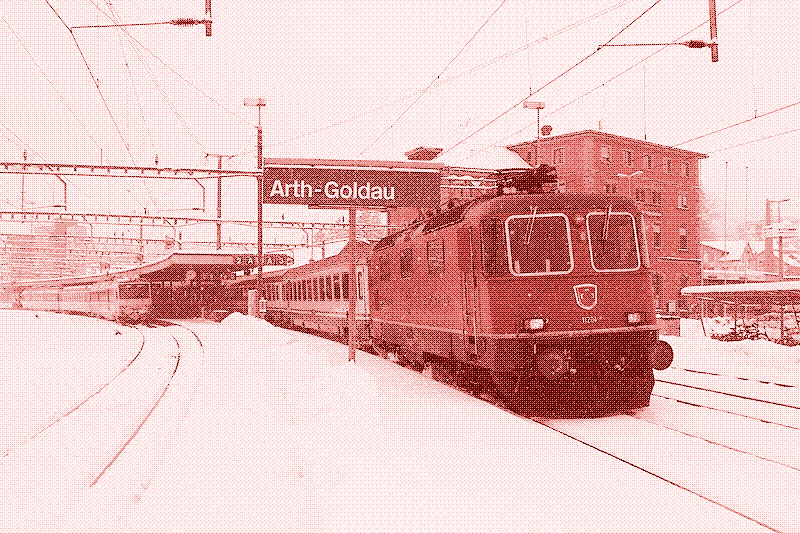
On the other hand, EuroCity trains have to meet several criteria to shorten travel time, and many of these are also applicable to high speed trains. For example, the trains only stop in important cities, turnover time in stations is less than five minutes, border control happens on-board, and the trains are given priority over other trains in order to comply with timetables. These are all factors that influence travel time as much as the speed of the train.
High Speed Night Trains
Even on routes where high speed trains are significantly faster than normal trains – such as between Barcelona and Paris – they are still slower than the night trains that covered the same distance, at least when we look at perceived travel time. Because time flies when you are under the covers, the night train is the ultimate low-tech alternative for the high speed train.
Of course, high speed trains could also introduce night services. A few months ago, the International Union of Railways – who has a clear bias towards high speed trains – published a study about high speed night trains, investigating the potential for operating night train service on high speed lines using high speed rolling stock. 12 One such a train already exists in China. “Very Long Distance Trains” could provide night train service on corridors over 2,000 km long. For example, you could board a train in Barcelona and wake up in Hamburg the next morning.
Because time flies when you are under the covers, the night train is the ultimate low-tech alternative for the high speed train
However, in Europe, with its fragmented railspace, operating such night trains would be a costly affair. On most routes, the fare would be about €700 for a single ticket just to cover the operating costs of the trip, as calculated by the International Union of Railways. A single ticket for a low-cost flight from Barcelona to Hamburg costs €75 (ordered up to 3 weeks in advance) to €130 (ordered one day before departure). 13 Using a combination of low speed trains, the trip previously could have been done in a night and a day for less than €200.
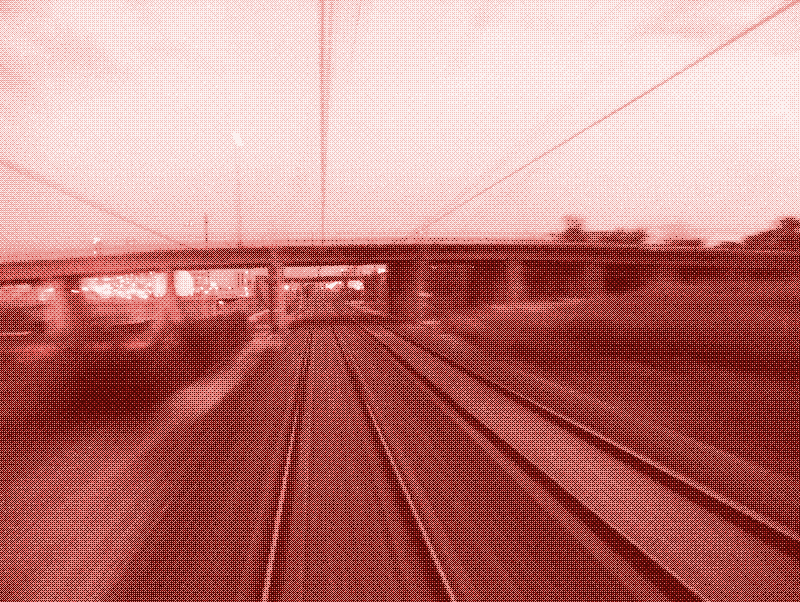
Anti-Progress?
Of course, the high speed train is a very comfortable way to travel. The question, however, is not whether we like the idea of a high speed train network, but whether or not we can afford it. Spending billions of tax money on a transportation network that excludes the majority of the population from using it might not be a sound investment.
A 2009 study by Spanish researchers analysing the economic impact of high speed rail in Europe 2 puts it this way:
“Building, maintaining and operating high speed rail may substantially compromise both the transport policy of a country and the development of its transport sector for decades… An exhaustive revision of the specific economic literature shows that the research effort devoted to the economic analysis of investing in high speed railways is almost insignificant… It deserves a closer look, well beyond the technological hype and the demand figures… Deciding to reject the construction of a high speed rail line is not necessarily a position against progress.”
In less than 10 years, Spain has built the most extensive high speed rail network in Europe. Today, the country is virtually broke and can hardly afford to keep its trains running.